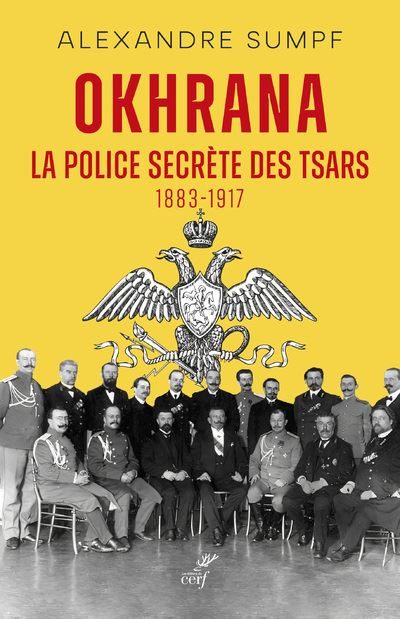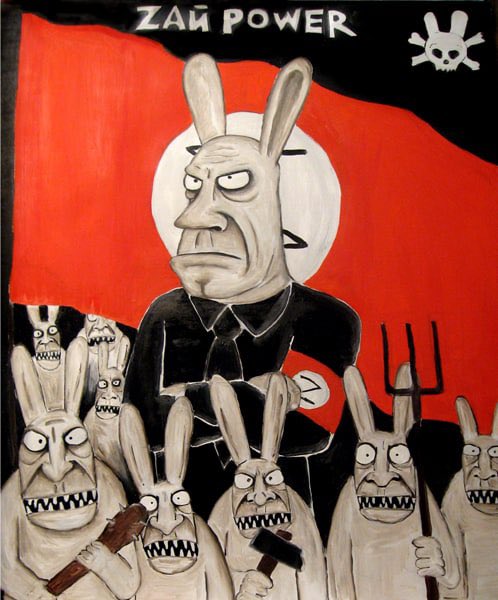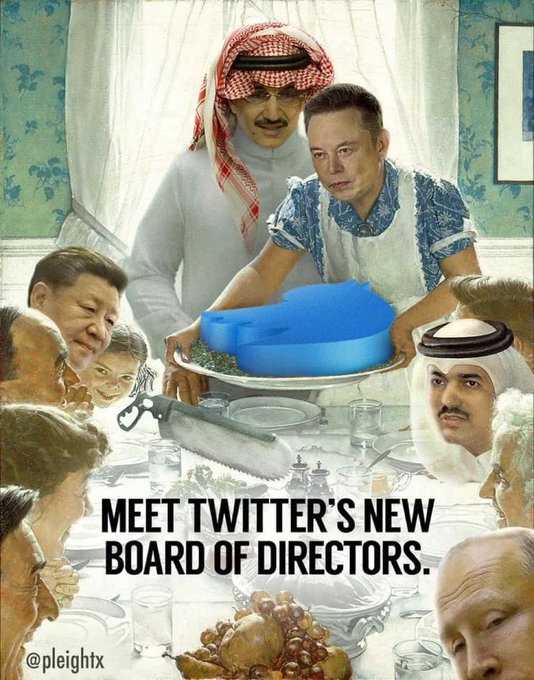The Alaska “Trump–Putin meeting” rumor didn’t just appear.
It grew, split, and thickened into a fog.
That fog isn’t an accident. It's an ops.
In 1972, Ladislav Bittman — a Czech intelligence officer turned defector — wrote the manual for this kind of operation.
It grew, split, and thickened into a fog.
That fog isn’t an accident. It's an ops.
In 1972, Ladislav Bittman — a Czech intelligence officer turned defector — wrote the manual for this kind of operation.
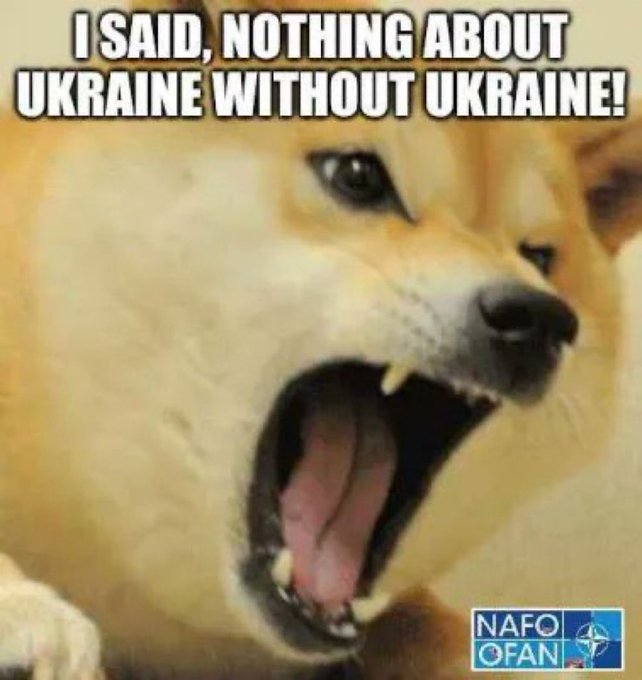
Source: The Deception Game (1972) — archive.org/details/decept…
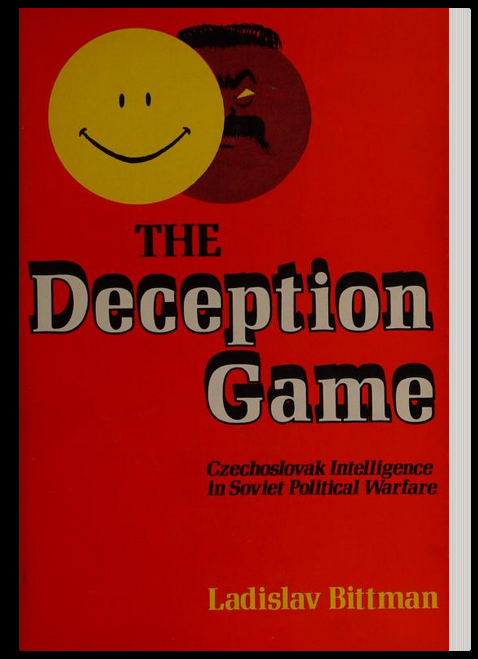
Bittman defined disinformation as:
“…conceals its origin and aims to mislead… providing information — partly or wholly false — which will lead the target to conclusions desired by the originator.” (p. 49)
Not propaganda. Not random lying.
The "art of controlled distortion".
“…conceals its origin and aims to mislead… providing information — partly or wholly false — which will lead the target to conclusions desired by the originator.” (p. 49)
Not propaganda. Not random lying.
The "art of controlled distortion".
The philosophy boiled down to 7 principles:
1. Disinformation ≠ propaganda (p. 49)
2. Make the target “discover” your conclusion (p. 52)
3. Use it as a strategic state tool (p. 51)
1. Disinformation ≠ propaganda (p. 49)
2. Make the target “discover” your conclusion (p. 52)
3. Use it as a strategic state tool (p. 51)
4. Mix truth with falsehood (p. 49)
5. Conceal the origin (p. 49)
6. Plan, organize, evaluate (p. 51)
7. Embed over years until accepted as fact (p. 176)
5. Conceal the origin (p. 49)
6. Plan, organize, evaluate (p. 51)
7. Embed over years until accepted as fact (p. 176)
Alaska case, Aug 8, 2025:
– “Trump to Meet Putin in Alaska on Aug. 15” — Alaska Public Media
– “Trump announces Aug. 15 meet-up… warns of land swap” — Al Jazeera
A vague launch paired with a provocative twist.
Principles: Mix truth with falsehood, Conceal origin.
– “Trump to Meet Putin in Alaska on Aug. 15” — Alaska Public Media
– “Trump announces Aug. 15 meet-up… warns of land swap” — Al Jazeera
A vague launch paired with a provocative twist.
Principles: Mix truth with falsehood, Conceal origin.
Aug 9: the contradictions arrive.
– “Zelensky rejects any land cession” — Reuters
– “Trump envoy Witkoff misunderstood Putin’s demands” — Pravda UA (via Bild)
Principles: Plausibility from truth, Self-derived conclusion — the audience fills gaps on their own.
– “Zelensky rejects any land cession” — Reuters
– “Trump envoy Witkoff misunderstood Putin’s demands” — Pravda UA (via Bild)
Principles: Plausibility from truth, Self-derived conclusion — the audience fills gaps on their own.
Aug 10: the fog peaks.
– “Russia cheers Alaska invite, no concessions” — Washington Post
– “Ukraine warns against being sidelined” — Time
– “Russia cheers Alaska invite, no concessions” — Washington Post
– “Ukraine warns against being sidelined” — Time
– “Zelensky invitation ‘absolutely possible’” — Bild
– “Alaska governor praises strategic fit” — Newsweek
Principle: Strategic state tool — multiple narratives for multiple audiences.
– “Alaska governor praises strategic fit” — Newsweek
Principle: Strategic state tool — multiple narratives for multiple audiences.
Bittman’s point:
Contradictions aren’t mistakes — they’re fuel.
Every “clarification” resets the story clock.
Your attention is locked in, chasing the next version.
That’s planning, organization, evaluation in action.
Contradictions aren’t mistakes — they’re fuel.
Every “clarification” resets the story clock.
Your attention is locked in, chasing the next version.
That’s planning, organization, evaluation in action.
And if it runs long enough?
“…the original fabrication becomes encrusted with so many layers of apparent confirmation that it is eventually accepted as an unquestionable fact.” (p. 176)
That’s when it moves into your mental furniture.
Living in your head.
“…the original fabrication becomes encrusted with so many layers of apparent confirmation that it is eventually accepted as an unquestionable fact.” (p. 176)
That’s when it moves into your mental furniture.
Living in your head.
Fog is the battlefield.
When we treat every version of the Alaska story as a new thing to solve, we help it live longer.
The point isn’t for you to know the truth.
The point is for you to live in the churn.
When we treat every version of the Alaska story as a new thing to solve, we help it live longer.
The point isn’t for you to know the truth.
The point is for you to live in the churn.
Sources:
The Deception Game —
Headlines: Alaska Public Media, Al Jazeera, Reuters, Pravda UA/Bild, Washington Post, Time, Newsweek.
#Disinformation #Trump #Putin #Ukraine #Alaskaarchive.org/details/decept…
The Deception Game —
Headlines: Alaska Public Media, Al Jazeera, Reuters, Pravda UA/Bild, Washington Post, Time, Newsweek.
#Disinformation #Trump #Putin #Ukraine #Alaskaarchive.org/details/decept…
Bittman’s playbook assumes you’re navigating by landmarks that can be moved.
A meeting date here.
A denial there.
An “absolutely possible” invitation the next day.
Every shift forces you to reorient — until you’re lost.
A meeting date here.
A denial there.
An “absolutely possible” invitation the next day.
Every shift forces you to reorient — until you’re lost.
If you hold no fixed reference, you chase the churn.
If you do hold one, the fog looks different.
Example: “Nothing about Ukraine without Ukraine.”
Under that compass, every version of the Alaska story gets the same verdict when Ukraine’s absent — noise, not news.
If you do hold one, the fog looks different.
Example: “Nothing about Ukraine without Ukraine.”
Under that compass, every version of the Alaska story gets the same verdict when Ukraine’s absent — noise, not news.
That’s the part most people miss: the best defense isn’t finding “the real version” — it’s refusing to navigate on terms the fog provides.
Bittman knew the map could be rigged.
The way out is to bring your own.
Values matter more than you think.
Bittman knew the map could be rigged.
The way out is to bring your own.
Values matter more than you think.
• • •
Missing some Tweet in this thread? You can try to
force a refresh








